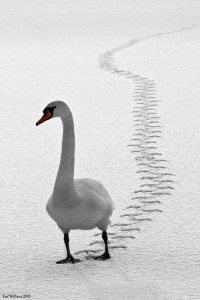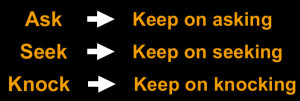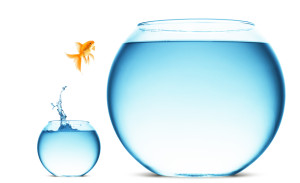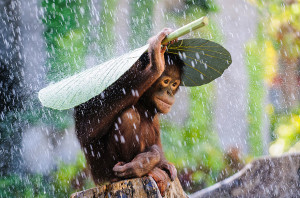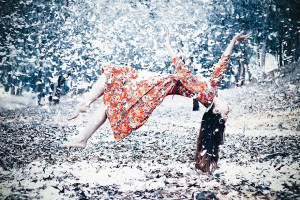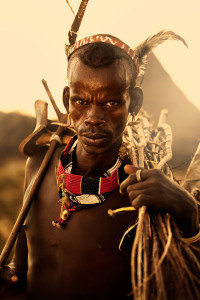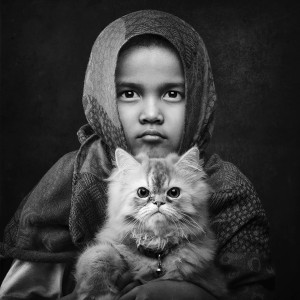“It turns out that creativity isn’t some rare gift to be enjoyed by the lucky few…
In too many of us it gets blocked. But it can be unblocked.
“And unblocking that creative spark can have far-reaching implications…” Tom Kelley
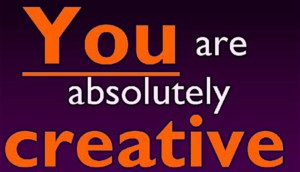
There have been three centers of intelligence observed in humans dating back to Ancient Greece: Head (thinking), Heart (feeling) and Gut (intuitive doing). All three centers are active in each person, and are necessary for survival. However, we don’t access each of them equally because this is part of our brain’s conditioning. For example, I’m primarily a gut-based person. This means I operate mostly out of my gut reactions first, with support from my heart and/or head. Others describe themselves as primarily heart based, with support from their gut intuition and/or head. We all know thinkers who predominantly operate from the head center because their internal thinking is deeply valuable to them.
Clearly, our centers need each other. They independently and interdependently bring out our creativity. The slow hunch from our gut needs to be nourished. Even if it’s a flash of insight from the gut, we need the head center to prove it and the heart center to nourish it. To befriend our total experience is to accept all of our responses. To allow information to flow without judgment from all three centers and experience events, good or bad, painfully or joyfully, is to be truly alive.
Our task is to consider every moment, and our reaction to it, as potentially interesting, challenging, and revealing to our creative process. To be fully creative we need an open heart, open head, and open gut willingly befriending each other. We need to be aware when any of our centers are closed or blocked. We need self-confidence to solve problems or exploit ideas creatively. You absolutely can develop the self-belief and confidence in your own creativity by experimenting with and trusting in your three intelligence centers as THE sources of your creativity.
 The key is to build an awareness of where your fire comes from regarding your ideas or problems. Does it originate from your heart, head, or gut intelligence center? In what proportion is the fire burning to solve problems from each center? From your heart/head/gut’s perspective is it 80/10/10 or 34/65/1 or 33/33/33? To facilitate this awareness, I offer a free three-center self-assessment on my website.
The key is to build an awareness of where your fire comes from regarding your ideas or problems. Does it originate from your heart, head, or gut intelligence center? In what proportion is the fire burning to solve problems from each center? From your heart/head/gut’s perspective is it 80/10/10 or 34/65/1 or 33/33/33? To facilitate this awareness, I offer a free three-center self-assessment on my website.
By discovering which center is your dominant, supportive and under-used center–you will build your awareness and confidence in your creative self.
Why a self-assessment and not some kind of creativity test? The answer is because creativity is not simply a set of personality traits or skills. It’s not familiarity with a set of behaviors that facilitate pre-fabricated strategies. Creative people are inventors; they invent both problems and solutions.
Creativity happens when a person with the right set of skills and knowledge (from the head, heart, and gut) invents or finds a meaningful problem that cannot be solved using any existing approach. The problem is solved creatively only by the person uniquely executing their own set of experiences (from the head, heart, and gut). Who knows who is going to hit the jackpot? Only people who have chosen to embark on this quest. I can’t “teach” creativity because it is a very personal quest. My quest is to facilitate your creative quest.
Thanks for reading my post. This is an excerpt taken from my recent book: The Three Sources of Creativity: Breakthroughs from your Head, Heart and Gut. My core message of everyone is creative resonates with people of all ages and walks of life. I invite all to become the best version of themselves at my website and find true meaning by pursing long term creative quests.

 “Asking” comes from our head intelligence center and is cerebral and verbal; we ask for what we most need and want. Please, please, please I want to create something really beautiful!
“Asking” comes from our head intelligence center and is cerebral and verbal; we ask for what we most need and want. Please, please, please I want to create something really beautiful!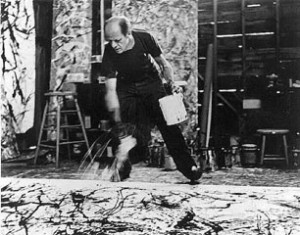 To “knock” involves our body/gut intelligence center. It requires physical movement, one where we take action. Asking and seeking are essential (head and heart centers), however they would be incomplete without knocking (gut/body center).
To “knock” involves our body/gut intelligence center. It requires physical movement, one where we take action. Asking and seeking are essential (head and heart centers), however they would be incomplete without knocking (gut/body center). 